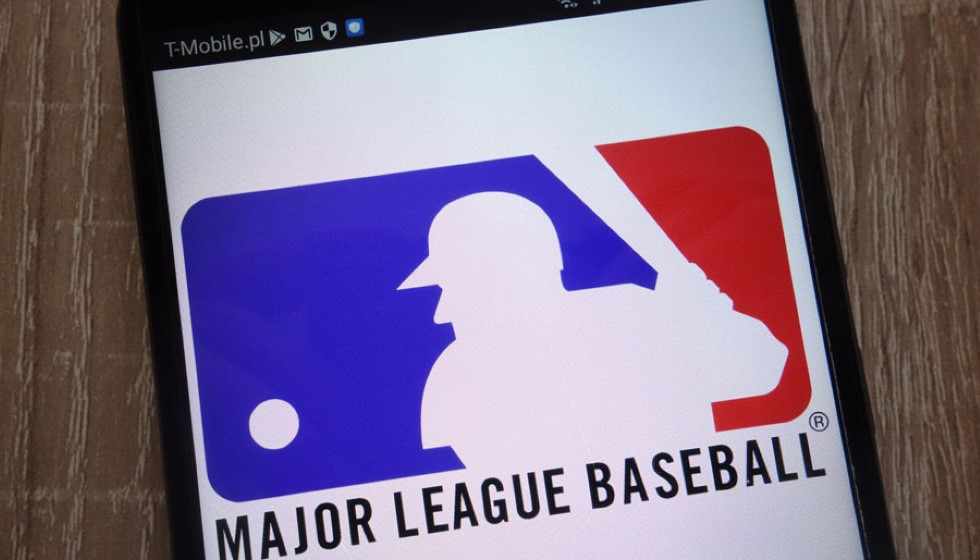
Prospect Rankings Stir Baseball's Offseason Anticipation
Each January, the baseball world turns its attention to the future as minor-league prospects are ranked, offering an early glimpse into the potential of each major league organization's upcoming star power. This year's rankings, focusing on the top three prospects eligible for the 2025 rookie season, are no exception, sparking both excitement and debate among fans and analysts alike.
Constructed through extensive discussions with scouts, analysts, player development specialists, and other seasoned evaluators, these rankings provide a comprehensive look at the rising talents across the league. They incorporate firsthand evaluations, detailed statistical analysis, and historical research to paint a picture of who might shine in the major leagues in the coming years.
It's important to acknowledge that these rankings are ultimately the subjective opinions of a collection of baseball insiders. While they provide a fun and engaging topic for discussion during the offseason, they do not definitively predict future outcomes on the field. That said, they remain a vital conversation starter and a source of hope and imagination for team supporters.
Emerging Talent to Watch
This year's rankings shine a light on several promising names. Notably, Jasson Domínguez, ranked No. 21 among the top 25 minor-league prospects, stands out with his extraordinary power and speed. Domínguez's ability to perform against right-handed pitchers and his success hitting from the left side add to the excitement surrounding his potential major league impact.
Meanwhile, George Lombard Jr., a first-round pick by New York in 2023, is a well-rounded infield prospect making waves. Known for his potential to remain at shortstop, Lombard hit five home runs in 123 games, and there is growing anticipation for his MLB debut, expected to come in the summer of 2027. His development will be closely monitored as he progresses through the minors.
Another name capturing attention is Roderick Arias, who, after receiving a $4 million signing bonus, ventured beyond the complex league to spend time in Tampa last season. Although Arias demonstrates challenges in his strike zone discipline against breaking balls, his power from the left side offers promise. Arias's projected MLB arrival in the summer of 2028 gives fans much to look forward to as he hones his skills and addresses his on-field inconsistencies.
These rankings have become a staple of the offseason, fueling discussions among baseball enthusiasts and setting expectations that impact how teams are viewed before the first pitch of the new season. While the rankings themselves won't determine a player's future success on the diamond, they offer a valuable prism through which we can predict and speculate potential stars.
A Fan's Perspective
For fans, these rankings serve as a guide to the future of their favorite teams, offering hope that their next homegrown superstar is just around the corner. The anticipation of new talent reaching the majors adds an extra layer of excitement to the offseason, filling the void left by the absence of games.
The engagement provided by these rankings highlights the passion and fervor inherent to the sport. Fans dissect the strengths and weaknesses of these budding players, build narratives around emerging talent, and engage in fervent debates about who will make the greatest impact once they hit the big leagues.
In conclusion, while the rankings' subjective nature warrants skepticism about their accuracy, they remain a cherished part of the baseball calendar. The dialogue they spark helps bridge the cold months between seasons, keeping the sport alive in the hearts and minds of fans until their favorite players take the field again, ready to write their own stories in the annals of the game.